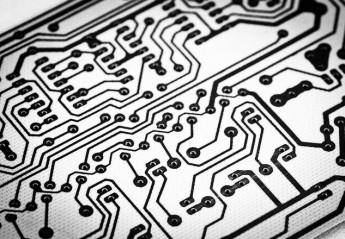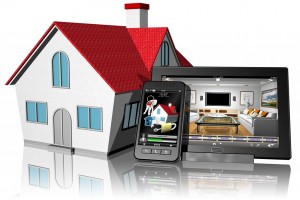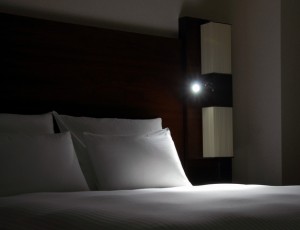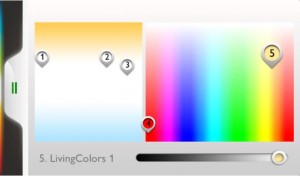“Wake up at 7am, take a shower, have a light breakfast, off to work at 8am, return home at 6pm, have some dinner, play with your kids, watch a little TV and off to bed at 10pm.”
 Sounds like you? Well, you are not alone! Most households live on a schedule that they follow on a daily basis. So how could home automation streamline your day? Well lets start with the first part of your routine day. You want to wake up at 7am and take a shower? How about a system that could do this for you?
Sounds like you? Well, you are not alone! Most households live on a schedule that they follow on a daily basis. So how could home automation streamline your day? Well lets start with the first part of your routine day. You want to wake up at 7am and take a shower? How about a system that could do this for you?
“Turn on bedroom lights at 6:50am to 40% of their brightness, then to 60% a few minutes later. Turn on the radio (or TV) to some news or music channel, and turn them off half hour later. Turn the light on in the bathroom and adjust the temperature of the shower for a pre-programmed user!”
Home automation means different things to different people and it’s a trend that’s expanding rapidly. Generally speaking it covers remote control and monitoring technologies that most of us don’t have, either because they’ve been too expensive or too complicated to install and use. But all that is set to change as the technology becomes cheaper and systems able to support up to 200 devices are not uncommon.
So while we may think that home automation is prohibitively expensive and out of the reach of the average consumer there are a number of suppliers and developers looking to change all that.
These new lower priced kits (about £130) will allow consumers to monitor and control their homes via a smart phone, tablet, or Internet connected computer. Two formats will be offered – “Safe & Secure” includes motion and contact sensors to monitor movement in the home; “Comfort & Control” includes a smart thermostat and plug that can be remotely controlled. Both systems allow users to set up rules for different events, such as when you are home versus being away.
Given the fairly low entry price these are likely to be a hit with consumers, with other manufacturers already offering compatible devices. A home automation system aimed at consumers is only going to fly if it’s compatible with brands consumers already buy.
It also doesn’t seem to require a professional installation, which is required with many other home automation systems on the market.




